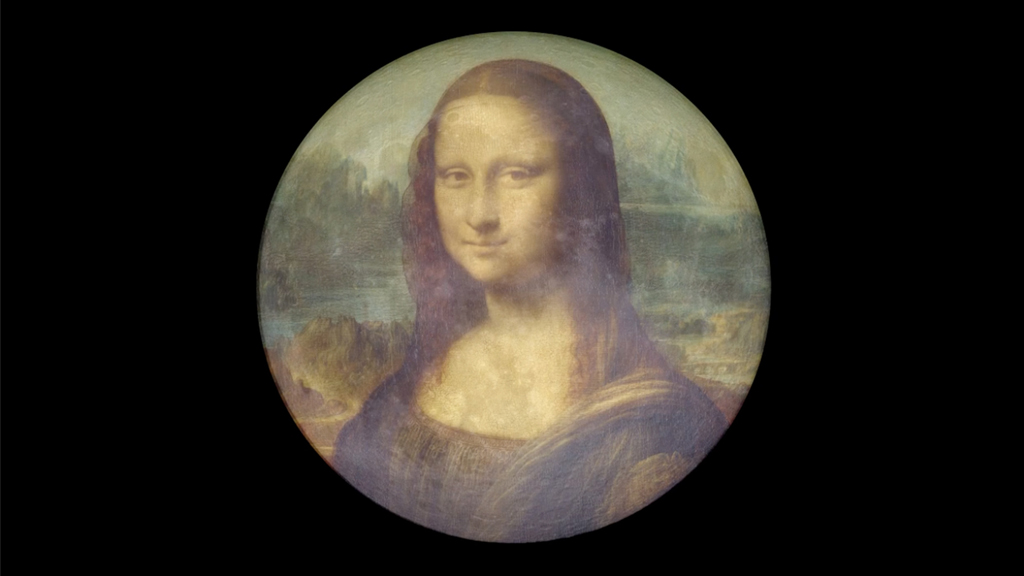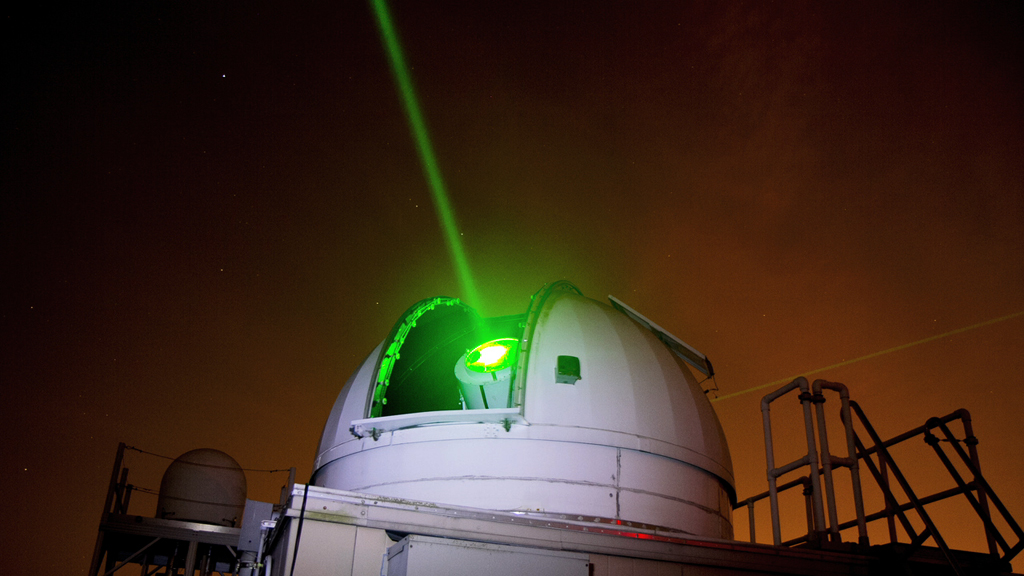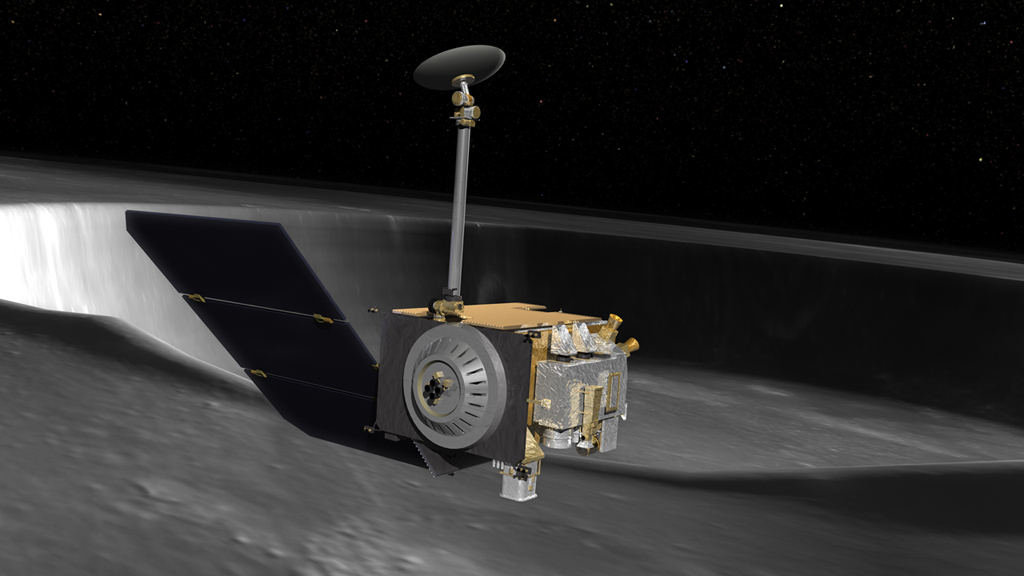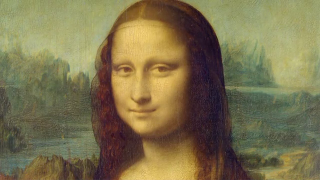Planets and Moons
ID: 11283

The Mona Lisa is already one of the most famous paintings in the world, but it’s now being recognized for another reason: a digital version of it traveled 240,000 miles to the Lunar Reconnaissance Orbiter (LRO), a NASA satellite orbiting the moon. A black and white image of the painting was divided into an array of pixels, and each pixel was converted into one of 4,096 shades of gray. The image piggybacked on signals already being used to track the satellite, enabling simultaneous tracking and communication. Different shades of gray were represented by delaying the transmission of each laser pulse by a precise amount of time. After correcting transmission errors caused by Earth’s atmosphere, the demonstration became one of the first successful examples of laser communication at planetary distances, a method capable of much higher data transmission than traditional radio signals. Watch the video to learn more.



Smiling In Space




Related Story
For More Information
Story Credits
Visualizers/Animators:
Chris Meaney (HTSI)
Chris Smith (HTSI)
Video Editors:
Michael Randazzo (Advocates in Manpower Management, Inc.)
Chris Smith (HTSI)
Narration:
Chris Smith (HTSI)
Narrator:
Chris Smith (HTSI)
Producer:
Chris Smith (HTSI)
Lead Scientists:
John Keller (NASA/GSFC)
Richard Vondrak (NASA/GSFC)
Xiaoli Sun (NASA/GSFC)
Lead Writer:
Kevin McLaughlin (LUSA Associates)
Chris Meaney (HTSI)
Chris Smith (HTSI)
Video Editors:
Michael Randazzo (Advocates in Manpower Management, Inc.)
Chris Smith (HTSI)
Narration:
Chris Smith (HTSI)
Narrator:
Chris Smith (HTSI)
Producer:
Chris Smith (HTSI)
Lead Scientists:
John Keller (NASA/GSFC)
Richard Vondrak (NASA/GSFC)
Xiaoli Sun (NASA/GSFC)
Lead Writer:
Kevin McLaughlin (LUSA Associates)
Please give credit for this item to:
NASA's Goddard Space Flight Center
NASA's Goddard Space Flight Center
Short URL to share this page:
https://svs.gsfc.nasa.gov/11283
Keywords:
DLESE >> Narrated
SVS >> App
NASA Science >> Planets and Moons
https://svs.gsfc.nasa.gov/11283
Keywords:
DLESE >> Narrated
SVS >> App
NASA Science >> Planets and Moons








